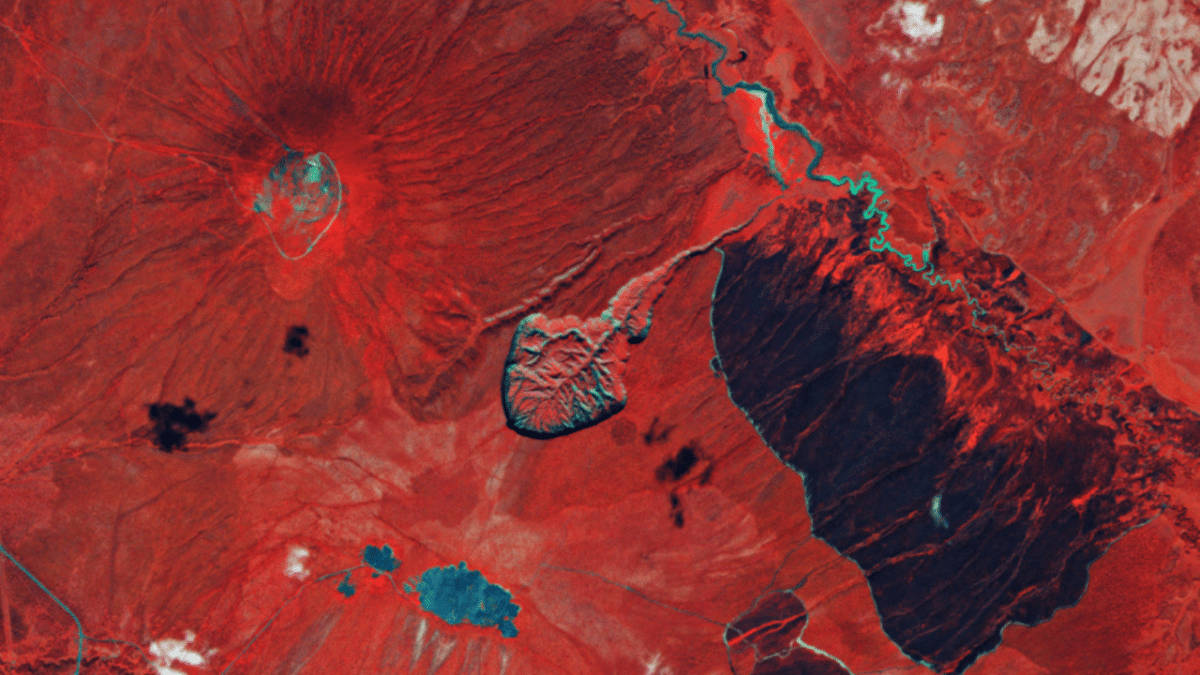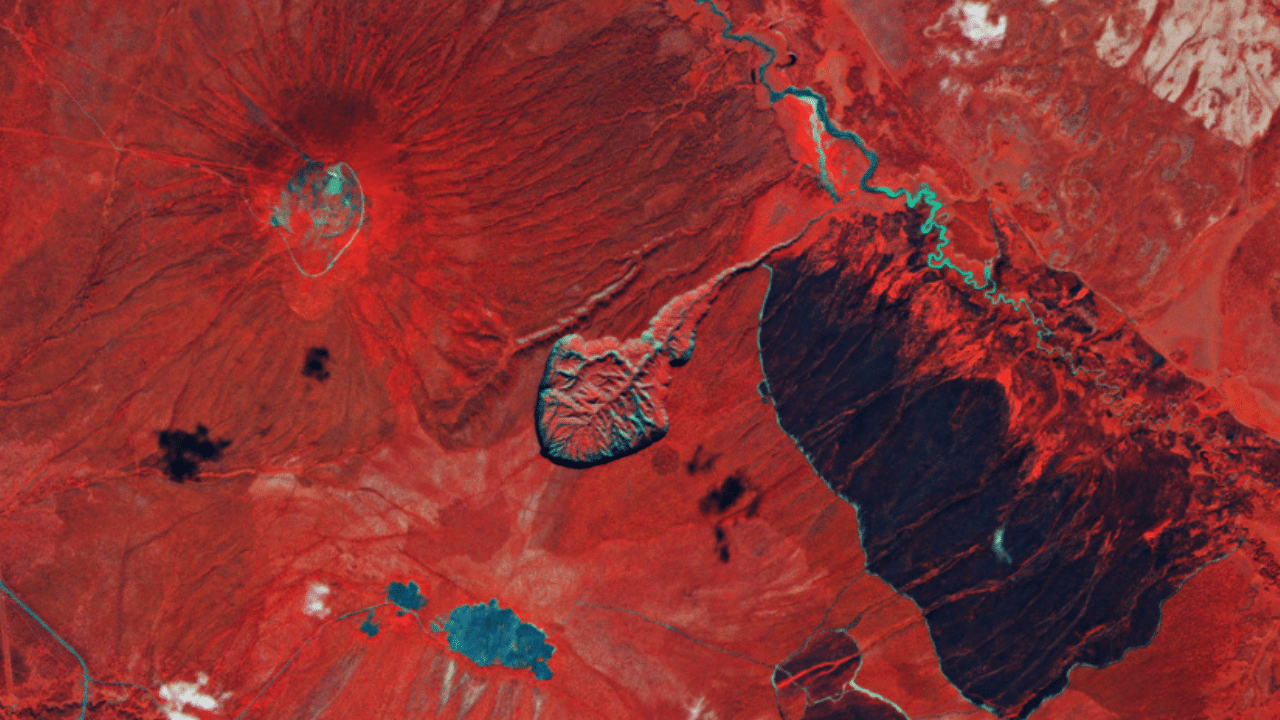In the heart of Siberia, a colossal geological formation known as the “Gateway to Hell” continues to expand at an alarming rate. This massive crater, officially called the Batagay Crater, has captured the attention of scientists worldwide due to its rapid growth and potential environmental implications.
Siberia’s “Gateway to Hell” crater expands, alarming scientists with its rapid growth

Located in the remote Siberian wilderness, the Batagay Crater has more than tripled in size over the past 33 years. Satellite images from the US Geological Survey reveal the dramatic transformation of this geological marvel between 1991 and 2024.
The crater's unique shape, resembling a giant stingray (Myliobatoidei), has earned it the ominous nickname "Gateway to Hell." While it may not be a portal to the underworld, its rapid expansion serves as a stark warning about climate change in the Arctic Circle.
According to a study published in the journal Geomorphology on June 15, 2024, this enormous pit is growing at an astonishing rate of one million cubic meters per year. To put this into perspective, that's equivalent to the volume of 400 Olympic-sized swimming pools.
The Batagay Crater's growth is directly linked to the thawing of permafrost, a phenomenon exacerbated by rising global temperatures. As the frozen ground melts, it collapses, causing the crater to expand further. This process creates a feedback loop, with each collapse exposing more permafrost to warming temperatures.
Permafrost thaw : Unleashing ancient carbon
Permafrost, or pergelisol, is a layer of permanently frozen soil found in Arctic regions. It acts as a natural time capsule, preserving ancient plant and animal remains for thousands of years. However, as global temperatures rise, this frozen ground is beginning to thaw, releasing its long-trapped contents.
The thawing permafrost poses a significant threat to the global climate. As frozen organic matter decomposes, it releases two potent greenhouse gases :
- Carbon dioxide (CO2)
- Methane (CH4)
These emissions contribute to further warming, creating a dangerous cycle of surging methane emissions that worsen global warming. The Batagay Crater alone is estimated to release nearly 5,000 tons of carbon dioxide into the atmosphere annually – equivalent to the carbon footprint of 2,000 American households.
What's truly alarming is that permafrost covers approximately 15% of the Northern Hemisphere's land surface. If this vast frozen expanse were to thaw completely, the resulting greenhouse gas emissions would be catastrophic for our planet's climate.
Environmental implications and future concerns
The rapid growth of the Batagay Crater serves as a visible indicator of the broader environmental changes occurring in the Arctic region. Scientists are particularly concerned about the following issues :
| Issue | Impact |
|---|---|
| Landscape transformation | Altered ecosystems and habitats |
| Carbon release | Accelerated global warming |
| Methane emissions | Intensified greenhouse effect |
| Soil instability | Increased risk of landslides |
The expansion of the "Gateway to Hell" is not an isolated incident. Similar thermokarst formations are appearing across the Arctic, each contributing to the release of greenhouse gases and the reshaping of the landscape.
As permafrost thaw accelerates, it could lead to :
- Disruption of local ecosystems
- Damage to infrastructure in Arctic regions
- Release of ancient microorganisms
- Alteration of global climate patterns
The situation in Siberia serves as a stark reminder of the interconnectedness of Earth's systems and the far-reaching consequences of climate change. As temperatures continue to rise, we can expect to see more extreme weather events, such as the brutal heatwave with extreme temperatures set to fry the U.S. West.
The "Gateway to Hell" may not be a supernatural phenomenon, but its growth represents a very real and pressing danger to our planet's future. As scientists continue to study this remarkable geological feature, their findings underscore the urgent need for global action to address climate change and mitigate its impacts on our fragile Arctic ecosystems.



